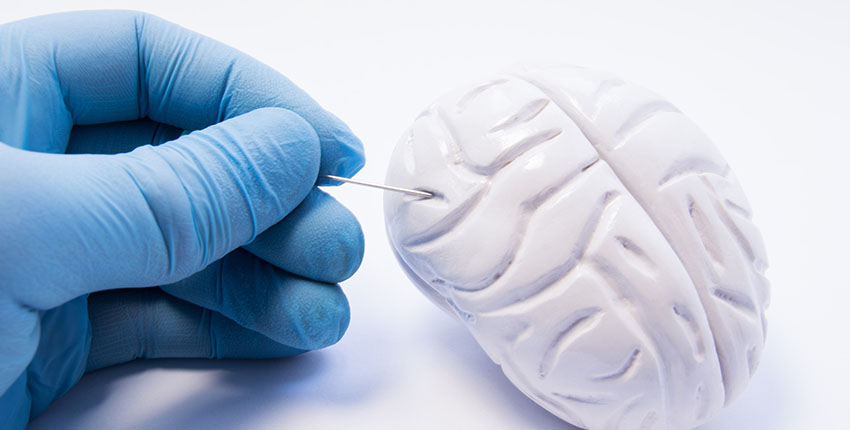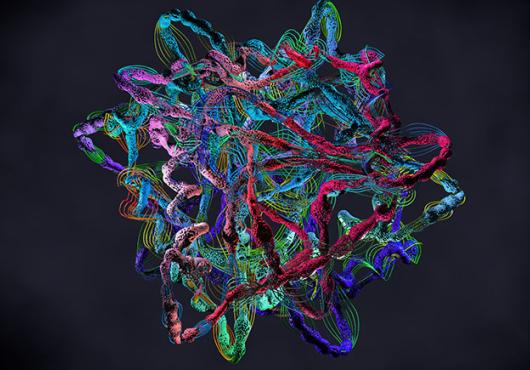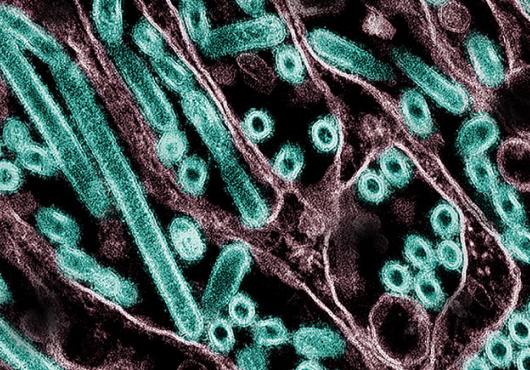
At a glance:
- New AI tool enables in-surgery genomic profiling of gliomas, the most aggressive and most common brain tumors.
- This information offers critical clues about how aggressive a cancer is, its future behavior, and its likely response to treatment.
- The tool can provide real-time guidance to surgeons on the optimal surgical approach for removal of cancerous tissue.
Scientists have designed an AI tool that can rapidly decode a brain tumor’s DNA to determine its molecular identity during surgery — critical information that under the current approach can take a few days and up to a few weeks.
Knowing a tumor’s molecular type enables neurosurgeons to make decisions such as how much brain tissue to remove and whether to place tumor-killing drugs directly into the brain — while the patient is still on the operating table.
A report on the work, led by Harvard Medical School researchers, is published July 7 in the journal Med.
Accurate molecular diagnosis — which details DNA alterations in a cell — during surgery can help a neurosurgeon decide how much brain tissue to remove. Removing too much when the tumor is less aggressive can affect a patient’s neurologic and cognitive function. Likewise, removing too little when the tumor is highly aggressive may leave behind malignant tissue that can grow and spread quickly.
“Right now, even state-of-the-art clinical practice cannot profile tumors molecularly during surgery. Our tool overcomes this challenge by extracting thus-far untapped biomedical signals from frozen pathology slides,” said study senior author Kun-Hsing Yu, assistant professor of biomedical informatics in the Blavatnik Institute at HMS.
Knowing a tumor’s molecular identity during surgery is also valuable because certain tumors benefit from on-the-spot treatment with drug-coated wafers placed directly into the brain at the time of the operation, Yu said.
“The ability to determine intraoperative molecular diagnosis in real time, during surgery, can propel the development of real-time precision oncology,” Yu added.
The standard intraoperative diagnostic approach used now involves taking brain tissue, freezing it, and examining it under a microscope. A major drawback is that freezing the tissue tends to alter the appearance of cells under a microscope and can interfere with the accuracy of clinical evaluation. Furthermore, the human eye, even when using potent microscopes, cannot reliably detect subtle genomic variations on a slide.
Science & Medicine, Delivered
Harvard Medicine magazine in your inbox








